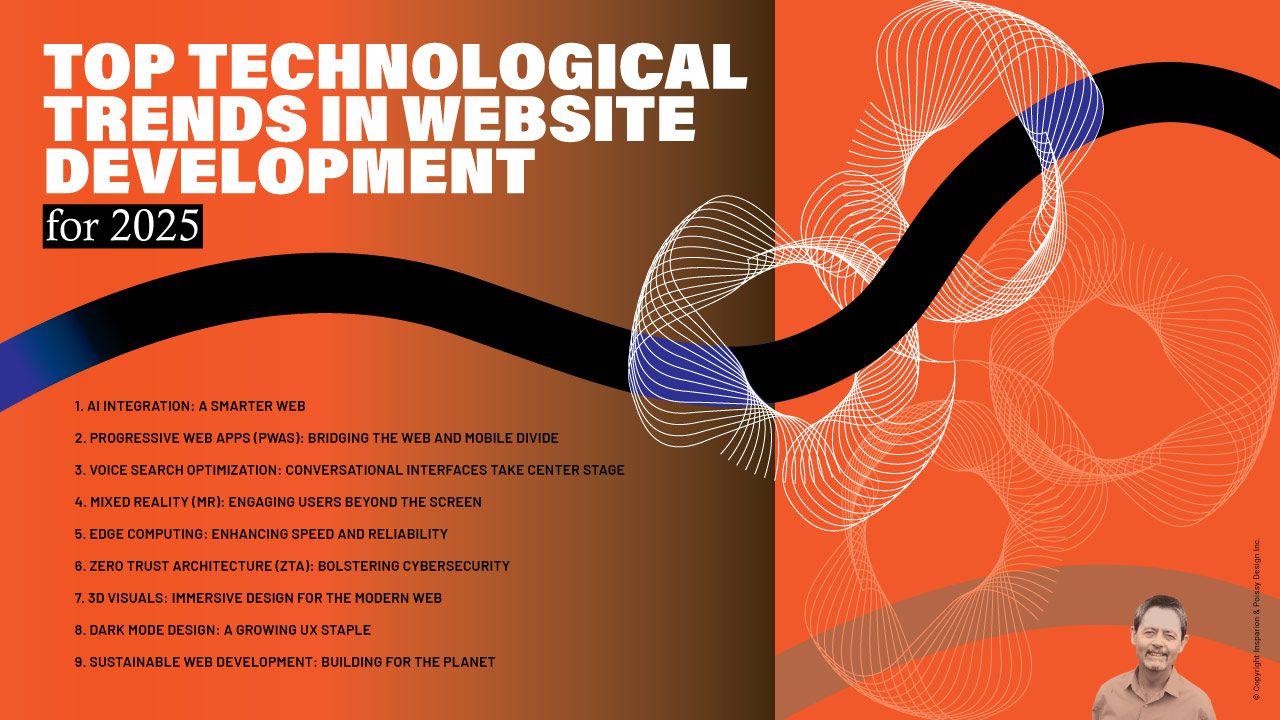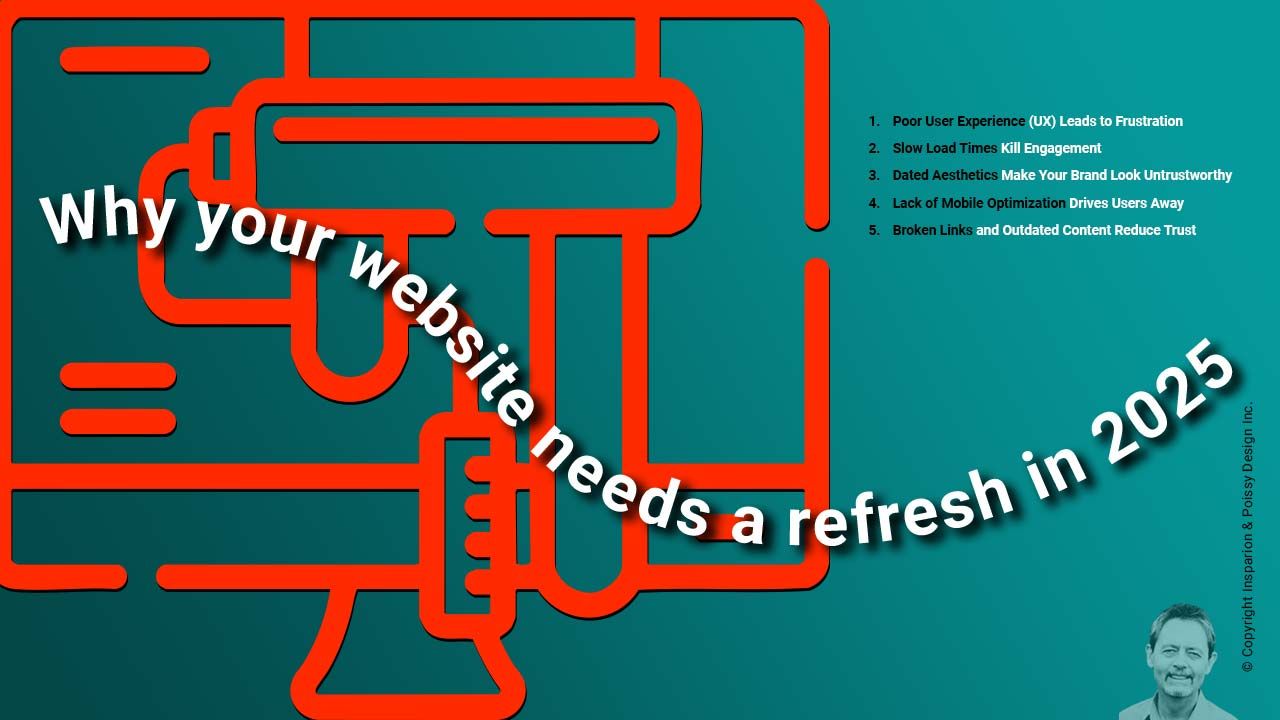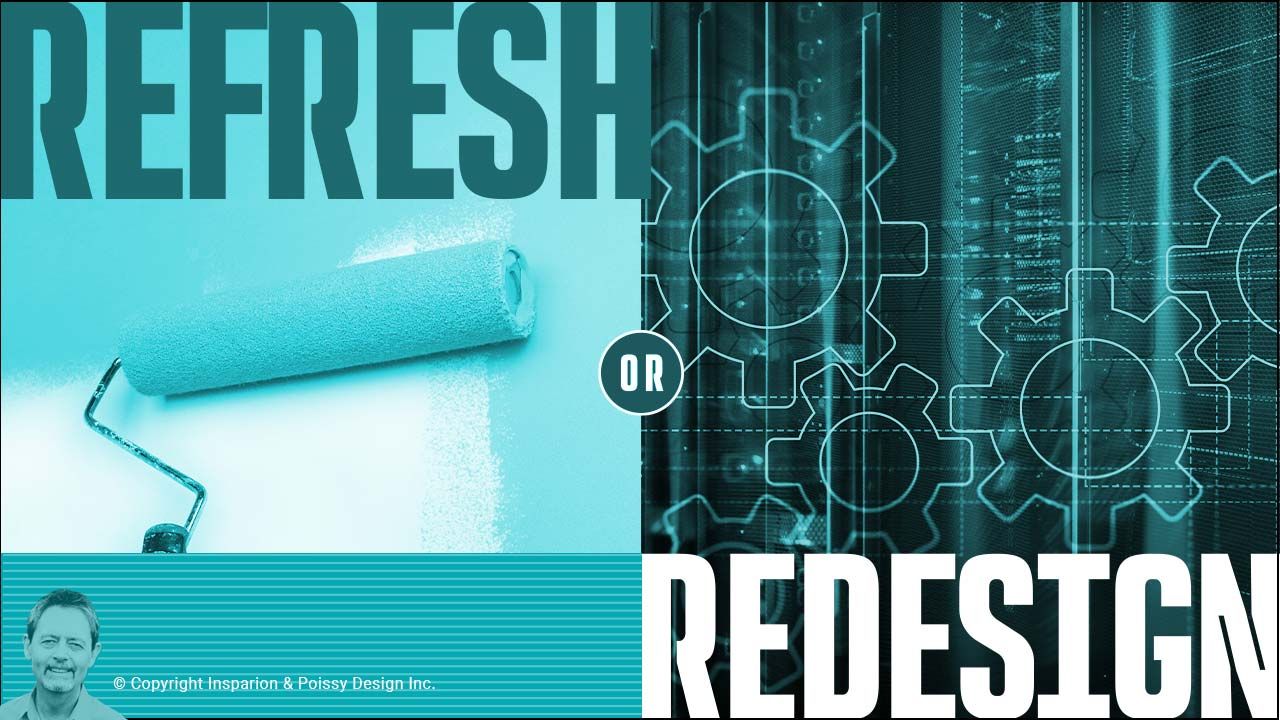
Top Technological Trends in Website Development for 2025
Dec 03, 2024The landscape of website development continues to evolve in response to technological advances, changing user preferences, and the need for increasingly dynamic digital experiences. Staying ahead in 2024 requires understanding and adopting the following technological trends:
1. AI Integration: A Smarter Web
Artificial Intelligence (AI) has gone from a futuristic concept to a vital component of modern web development. In 2024, AI tools will empower developers to create more interactive, efficient, and user-focused websites. Chatbots and virtual assistants are powered by sophisticated natural language processing (NLP), enabling them to handle complex queries, provide instant support, and deliver personalized recommendations. AI also aids in content curation, analyzing user behaviour to suggest relevant content or products, increasing engagement and conversions.
AI-powered design tools, like Adobe Firefly, simplify workflows by automating repetitive tasks such as layout adjustments, colour matching, and A/B testing. Beyond design, machine learning algorithms enhance cybersecurity by detecting anomalies and safeguarding sensitive user data.
Applications:
- E-commerce websites use AI to recommend products based on past purchases.
- AI chatbots are now essential for 24/7 customer service.
- Predictive analytics allow businesses to anticipate user needs and optimize their website experience.
2. Progressive Web Apps (PWAs): Bridging the Web and Mobile Divide
PWAs represent the best web and mobile apps, delivering an app-like experience directly through web browsers. They're designed to be fast, responsive, and capable of working offline, making them ideal for mobile-first audiences. Unlike traditional apps, PWAs don't require downloads from an app store, reducing user friction.
In 2024, new APIs and frameworks like Google's Workbox will further enhance PWAs, streamlining service worker implementation for offline capabilities. As more companies prioritize accessibility and user convenience, PWAs will play a pivotal role in bridging the platform gap.
Examples:
- Uber's PWA offers near-instant loading even on slow networks.
- Twitter Lite provides a full social media experience with minimal data usage.
3. Voice Search Optimization: Conversational Interfaces Take Center Stage
With smart speakers like Amazon Echo and Google Nest becoming household staples, voice search optimization is necessary. Voice interactions differ significantly from text-based queries; they tend to be conversational and question-based. This shift requires developers to rethink website content, focusing on natural language and long-tail keywords.
Structured data markup, such as schema.org, ensures voice assistants understand and prioritize your content. Websites that optimize for voice search improve their visibility and connect with users more meaningfully.
Applications:
- Recipe websites optimized for voice queries, enabling hands-free browsing.
- Local businesses leveraging voice search for "near me" queries.
4. Mixed Reality (MR): Engaging Users Beyond the Screen
Mixed Reality (MR) combines Virtual Reality (VR) and Augmented Reality (AR) to create immersive experiences that blur the line between physical and digital worlds. With the rise of WebXR APIs, developers can integrate AR and VR elements directly into websites without requiring specialized hardware.
MR applications are particularly impactful in industries like e-commerce, where users can visualize products in their environment before purchasing, and in education, where interactive simulations enhance learning.
Examples:
- IKEA Place allows users to visualize furniture in their homes using AR.
- Virtual property tours revolutionize the real estate industry.
5. Edge Computing: Enhancing Speed and Reliability
Edge computing processes data closer to the user's location, reducing latency and improving performance. This is particularly crucial as the Internet of Things (IoT) grows, generating vast data.
Web developers leverage edge computing for applications requiring real-time interactions, such as online gaming and financial trading platforms. Frameworks like AWS Greengrass and Node-RED make it easier to integrate edge computing into web architecture.
Benefits:
- Faster load times for content-heavy sites.
- Reduced server loads and improved scalability.
6. Low-Code and No-Code Development: Simplifying Web Creation
Platforms like Webflow, Wix, and Bubble democratize web development by enabling non-technical users to build professional websites. These tools offer drag-and-drop interfaces, pre-built templates, and integrations, making it easier for small businesses and entrepreneurs to create functional websites without hiring developers.
While ideal for basic websites, these platforms are also evolving to handle more complex projects, thanks to enhanced customization options and API integrations.
Use Cases:
- Small businesses launch websites quickly.
- Nonprofits creating donation platforms without extensive coding knowledge.
7. Zero Trust Architecture (ZTA): Bolstering Cybersecurity
As cyber threats become more sophisticated, traditional perimeter-based security models are becoming obsolete. Zero-trust architecture assumes that no internal or external requests can be trusted, implementing rigorous verification for every access attempt.
Incorporating ZTA principles into web development ensures robust protection of sensitive data, particularly for e-commerce and financial websites. Techniques include multi-factor authentication (MFA), micro-segmentation, and endpoint security.
8. 3D Visuals: Immersive Design for the Modern Web
Technological advancements like WebGL and Three.js make 3D graphics more accessible for web developers. From product showcases to virtual tours, 3D visuals are being used to create interactive and engaging user experiences.
These elements are particularly effective in gaming, e-commerce, and education, where visual storytelling enhances understanding and engagement.
Examples:
- Online stores display 3D models of products.
- Interactive educational tools that explain complex concepts visually.
9. Dark Mode Design: A Growing UX Staple
Dark mode has moved beyond a trend and is now a user expectation. It reduces eye strain, conserves battery life, and provides an aesthetically pleasing alternative to traditional light themes. Websites are increasingly incorporating automatic toggles based on user preferences or system settings.
Use Cases:
- Social media platforms like Twitter and Instagram offer dark mode options.
- News sites implementing dark mode for nighttime browsing.
10. Sustainable Web Development: Building for the Planet
With rising awareness of climate change, web developers are adopting eco-friendly practices such as green hosting and optimizing code for efficiency. Reducing energy consumption through minimalist designs and lightweight frameworks benefits the environment and improves website performance.
Examples:
- Websites hosted on platforms powered by renewable energy.
- Code that minimizes data transfer to reduce emissions.
Conclusion: Embracing the Future of Web Development
The trends shaping web development 2024-2025 reflect a balance between technological innovation and user-centric design. These advancements, from AI-powered experiences to sustainability initiatives, are redefining what's possible online.
Staying ahead of these trends isn't just about adopting the latest tools; it's about understanding the underlying principles and applying them to create meaningful, impactful digital experiences. Whether you're a seasoned developer or a business owner, leveraging these technologies will ensure your web presence remains competitive in a rapidly evolving digital landscape.
Sources: 1. Huemor 2. Lambdatest
More about web design trends in our article Website Design Trends: What to Expect in the Coming Years.






